“As long as there shall be Achaeans, there shall be one Helen of Troy even if her hand lies at one place and her neck somewhere else,” reads the book “Maria Nephele” by the famous Greek poet Odysseus Elytis.
That is what artist Vassiliki Theodorakidi Mamona says exemplifies the whole philosophy and meaning of her most recent exhibit, which seeks to show the spirit, the beauty, and the timelessness of Greek culture to the globe.
By using today’s modern tools Vassiliki aims to depict the true spirit, stories, and essence of ancient Greek culture to today’s people. Theodorakidi, award-winning artist in Greece and abroad and head person of Thyreos organization makes real her childhood dream and mission to promote art and culture worldwide.
She takes a second look at ancient objects that have been taken for granted—the spiral movement of the embossed ivy on the ancient column is transformed into a precious armlet, reaching up the shoulder. The handle of an ancient dagger, destined to arm the hand of a warrior, abandons its initial role, and by wrapping it gently to tame it, Vassiliki lets the knife continue its protective role as a bangle.
The samples of Greek expression, scattered though they are worldwide, will still their stories, and interact continuously with other cultures, explains Vassiliki. Her exhibit, “As Long as There Shall be Achaeans” represents this idea, and “the endless journey on the paths of human expression, which never saturates but instead constantly seeks new stimuli for creation,” Vassiliki said.
Theodorakidi references Ancient Greece, Minoan, and Mycenaean civilizations, of classical Athens, the height of the Macedonian Kingdom, and the Byzantine period.
“According to our understanding, the legacy of the past has life, has breath, it comes to wake in us truths and sentiments,” Theodorakidi says of her philosophy. “One lifeless glass window is not enough to lock all the energy, the torrent of sentiments and meanings that spurt from one thing with a history of hundreds of years. Under a process of transmutation, it provokes us to hear it in order to teach us its experiences.”
Vassiliki believes that everything has a meaning and a mission before it even exists—for instance, that before Greeks made mathematically perfect art, they had a predestined mission to be pioneers in the area.
The exhibition consists of a series of displays that depict the constant cycle of love-war-death, and rebirth. The centerpiece is the golden coronal of Helen of Troy and the helmet and golden mask of the ideal warrior, which symbolizes masculine strength. Together they represent the power of passion in whichever manifestation it comes, from the excess courage of the warrior who dies for ideals and valor, to the erotic passion, which subjugates the warrior and leads him to the extreme. Such deaths drive in the eternal memory, in the posthumous, and finally in the reborn, as everything is a circle. “Metaphorically, this circle expands in whatever ideals someone carries inside him and whichever personal war someone gives from his own bastion,” says Vassiliki.
The next stops for the exhibit are Washington D.C., in 2010; New York, Toronto, and Sydney. David Hill is based in Sydney. He is the chairman of the International Association for the Reunification of the Parthenon Sculptures, which Vassiliki collaborates with.
A Restorative Mission
In addition to her artistic work, Theodorakidi advocates the return of Parthenon sculptures uprooted in 1806 from the temple and taken to England by Lord Elgin.
“No one can buy wisdom and spirit, which are property of no one,” she said. “The Parthenon sculptures have to return to their rightful place because the ideal, the right, the eternal symbol of absolute symmetry has to be complete. The Parthenon is a spiritual ideal and has to be complete not only for the Greeks but for the whole world in order to exist as a complete worldwide testimony.”
For more information about the exhibit, please see www.thyreosvassiliki.gr

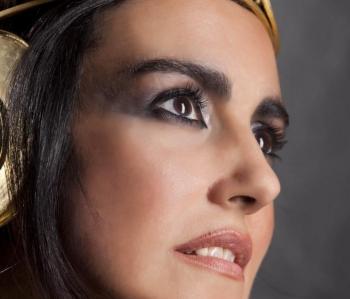
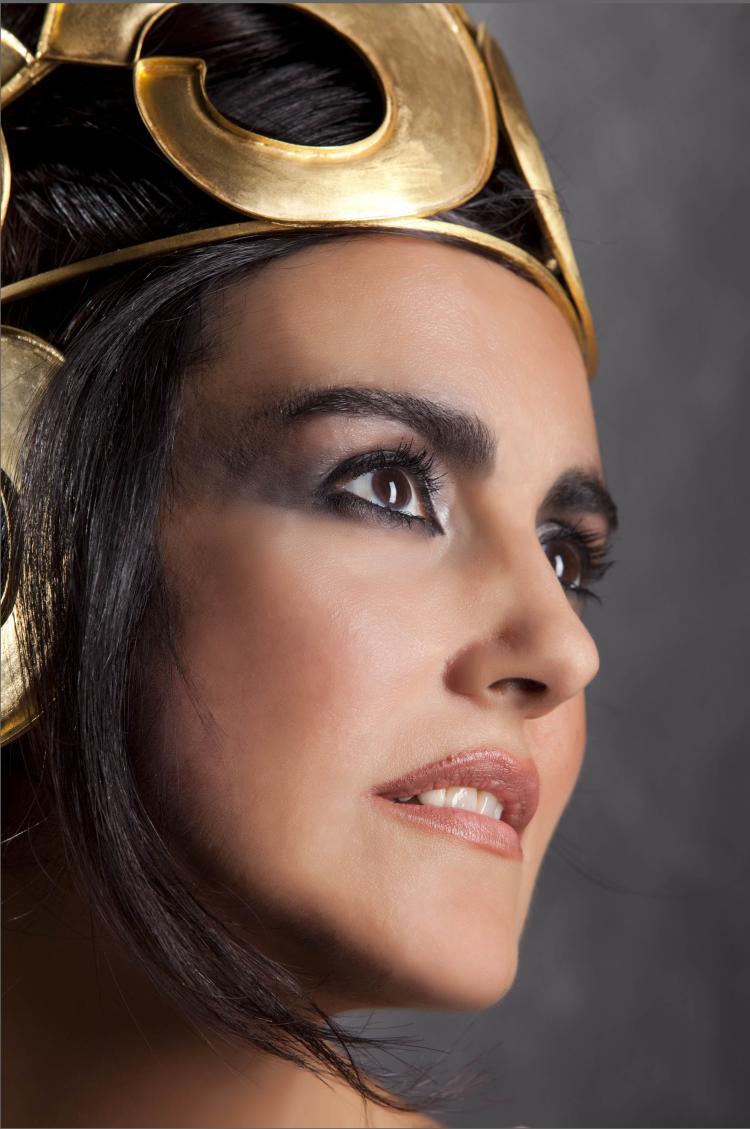
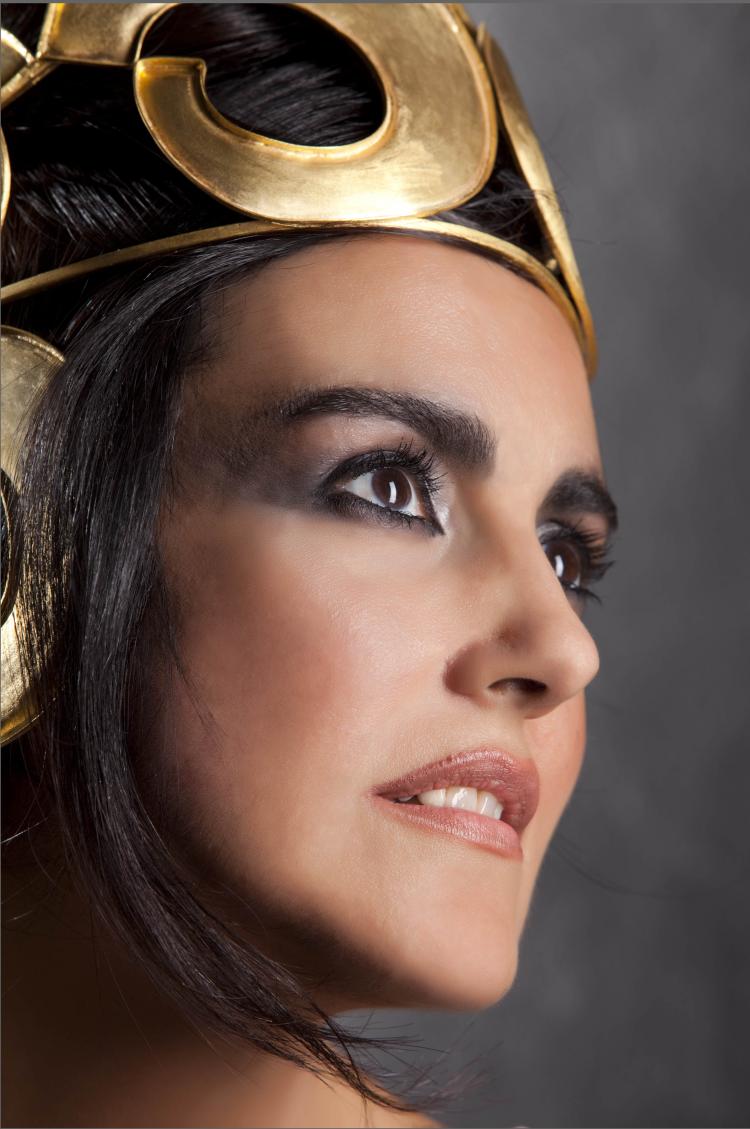
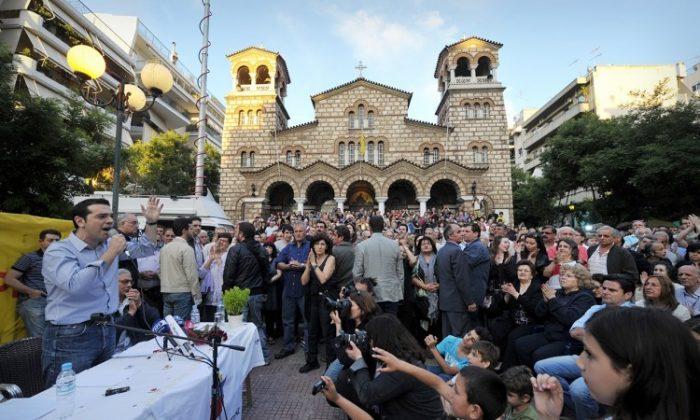

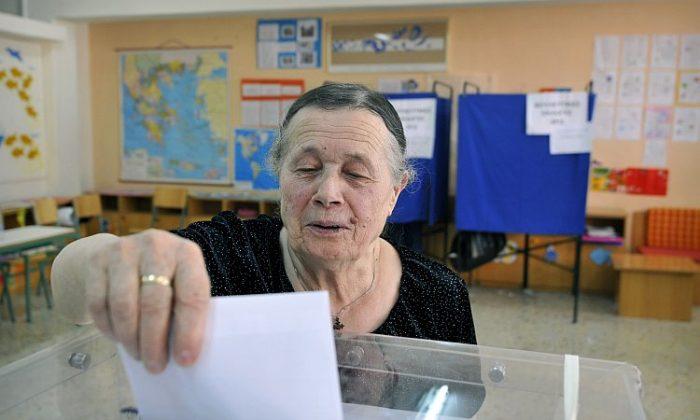
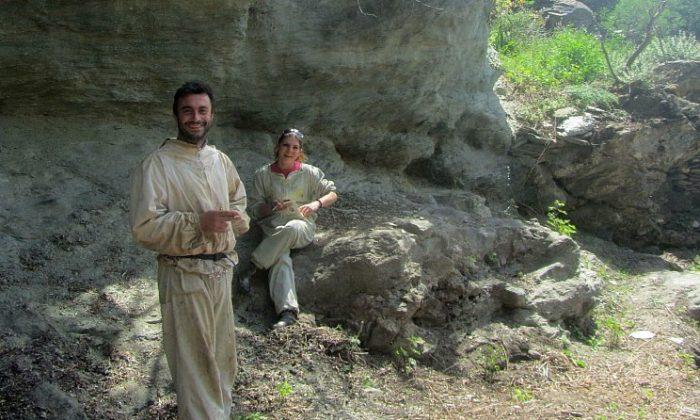
Friends Read Free